Porsche 2009 Annual Report Download - page 159
Download and view the complete annual report
Please find page 159 of the 2009 Porsche annual report below. You can navigate through the pages in the report by either clicking on the pages listed below, or by using the keyword search tool below to find specific information within the annual report.-
 1
1 -
 2
2 -
 3
3 -
 4
4 -
 5
5 -
 6
6 -
 7
7 -
 8
8 -
 9
9 -
 10
10 -
 11
11 -
 12
12 -
 13
13 -
 14
14 -
 15
15 -
 16
16 -
 17
17 -
 18
18 -
 19
19 -
 20
20 -
 21
21 -
 22
22 -
 23
23 -
 24
24 -
 25
25 -
 26
26 -
 27
27 -
 28
28 -
 29
29 -
 30
30 -
 31
31 -
 32
32 -
 33
33 -
 34
34 -
 35
35 -
 36
36 -
 37
37 -
 38
38 -
 39
39 -
 40
40 -
 41
41 -
 42
42 -
 43
43 -
 44
44 -
 45
45 -
 46
46 -
 47
47 -
 48
48 -
 49
49 -
 50
50 -
 51
51 -
 52
52 -
 53
53 -
 54
54 -
 55
55 -
 56
56 -
 57
57 -
 58
58 -
 59
59 -
 60
60 -
 61
61 -
 62
62 -
 63
63 -
 64
64 -
 65
65 -
 66
66 -
 67
67 -
 68
68 -
 69
69 -
 70
70 -
 71
71 -
 72
72 -
 73
73 -
 74
74 -
 75
75 -
 76
76 -
 77
77 -
 78
78 -
 79
79 -
 80
80 -
 81
81 -
 82
82 -
 83
83 -
 84
84 -
 85
85 -
 86
86 -
 87
87 -
 88
88 -
 89
89 -
 90
90 -
 91
91 -
 92
92 -
 93
93 -
 94
94 -
 95
95 -
 96
96 -
 97
97 -
 98
98 -
 99
99 -
 100
100 -
 101
101 -
 102
102 -
 103
103 -
 104
104 -
 105
105 -
 106
106 -
 107
107 -
 108
108 -
 109
109 -
 110
110 -
 111
111 -
 112
112 -
 113
113 -
 114
114 -
 115
115 -
 116
116 -
 117
117 -
 118
118 -
 119
119 -
 120
120 -
 121
121 -
 122
122 -
 123
123 -
 124
124 -
 125
125 -
 126
126 -
 127
127 -
 128
128 -
 129
129 -
 130
130 -
 131
131 -
 132
132 -
 133
133 -
 134
134 -
 135
135 -
 136
136 -
 137
137 -
 138
138 -
 139
139 -
 140
140 -
 141
141 -
 142
142 -
 143
143 -
 144
144 -
 145
145 -
 146
146 -
 147
147 -
 148
148 -
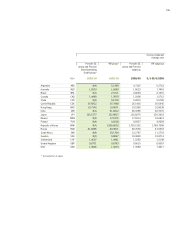 149
149 -
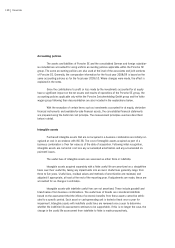 150
150 -
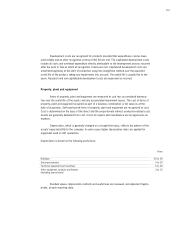 151
151 -
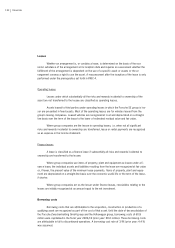 152
152 -
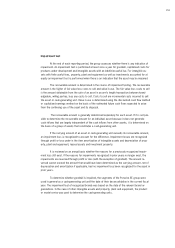 153
153 -
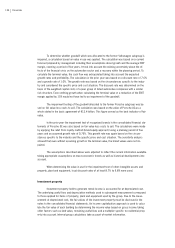 154
154 -
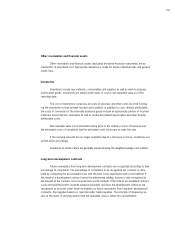 155
155 -
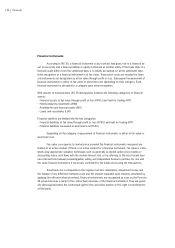 156
156 -
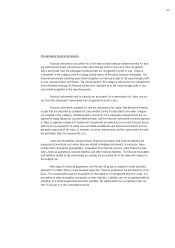 157
157 -
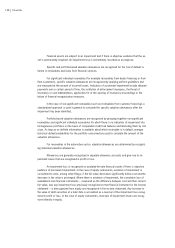 158
158 -
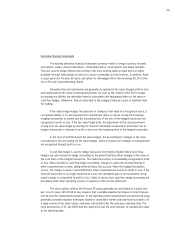 159
159 -
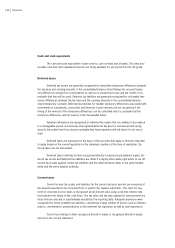 160
160 -
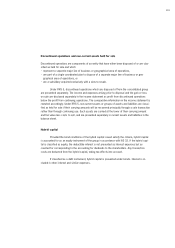 161
161 -
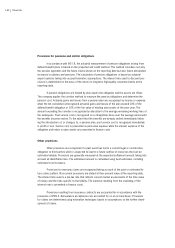 162
162 -
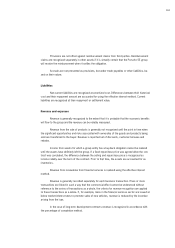 163
163 -
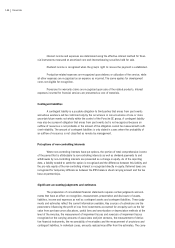 164
164 -
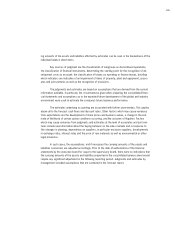 165
165 -
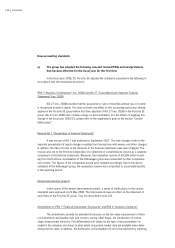 166
166 -
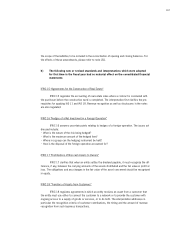 167
167 -
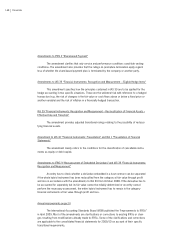 168
168 -
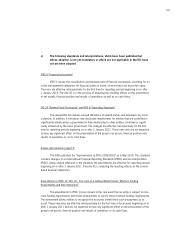 169
169 -
 170
170 -
 171
171 -
 172
172 -
 173
173 -
 174
174 -
 175
175 -
 176
176 -
 177
177 -
 178
178 -
 179
179 -
 180
180 -
 181
181 -
 182
182 -
 183
183 -
 184
184 -
 185
185 -
 186
186 -
 187
187 -
 188
188 -
 189
189 -
 190
190 -
 191
191 -
 192
192 -
 193
193 -
 194
194 -
 195
195 -
 196
196 -
 197
197 -
 198
198 -
 199
199 -
 200
200 -
 201
201 -
 202
202 -
 203
203 -
 204
204 -
 205
205 -
 206
206 -
 207
207 -
 208
208 -
 209
209 -
 210
210 -
 211
211 -
 212
212 -
 213
213 -
 214
214 -
 215
215 -
 216
216 -
 217
217 -
 218
218 -
 219
219 -
 220
220 -
 221
221 -
 222
222 -
 223
223 -
 224
224 -
 225
225 -
 226
226 -
 227
227 -
 228
228 -
 229
229 -
 230
230 -
 231
231 -
 232
232 -
 233
233 -
 234
234 -
 235
235 -
 236
236 -
 237
237 -
 238
238 -
 239
239 -
 240
240 -
 241
241 -
 242
242 -
 243
243 -
 244
244 -
 245
245 -
 246
246 -
 247
247 -
 248
248 -
 249
249 -
 250
250 -
 251
251 -
 252
252 -
 253
253 -
 254
254 -
 255
255 -
 256
256 -
 257
257 -
 258
258 -
 259
259 -
 260
260 -
 261
261 -
 262
262 -
 263
263 -
 264
264 -
 265
265 -
 266
266 -
 267
267 -
 268
268 -
 269
269 -
 270
270 -
 271
271 -
 272
272 -
 273
273 -
 274
274 -
 275
275
 |
 |

159
Derivative financial instruments
The existing derivative financial instruments primarily relate to foreign currency forwards
and options, swaps, interest derivatives, commodity futures, stock options and equity forwards.
They are used to hedge interest and currency risks from existing balance sheet items or highly
probable forecast transactions as well as to secure commodity and stock prices. In addition, there
is a put option for Porsche SE and a call option for Volkswagen AG to the remaining 50.1% of sha-
res in Porsche Zwischenholding GmbH.
Derivative financial instruments are generally recognized at fair value through profit or loss
and remeasured at fair value in subsequent periods. As soon as the criteria of IAS 39 for hedge
accounting are fulfilled, the derivative financial instruments are designated either as fair value or
cash flow hedges. Otherwise, they are allocated to the category financial assets or liabilities held
for trading.
A fair value hedge hedges the exposure to changes in fair value of a recognized asset, a
recognized liability or an unrecognized firm commitment. Gains or losses arising from marking
hedging instruments to market and the secured portion of the risk of the hedged transaction are
recognized in profit or loss. If the fair value hedge ends, the adjustment of the carrying amount
arising from fair value hedge accounting for financial instruments measured at amortized cost as
hedged transaction is released to profit or loss over the remaining term of the hedged transaction.
In the case of portfolio-based fair value hedges, the accounting for changes in fair value
corresponds to the accounting for fair value hedges. Gains or losses from changes in measurement
are recognized through profit or loss.
A cash flow hedge is used to hedge exposures from highly probable future cash flows.
Hedges are only included in hedge accounting to the extent that they offset changes in the value of
the cash flows of the hedged transaction. The ineffective portion is immediately recognized in profit
or loss. When included in cash flow hedge accounting, changes in value are recorded directly in
other comprehensive income, taking deferred taxes into account. When the hedged transaction
occurs, the change in value is reclassified from other comprehensive income to profit or loss. If the
forecast transaction is no longer expected to occur, the cumulative gain or loss previously recog-
nized in equity is reclassified to profit or loss. Gains or losses from cash flow hedge accounting are
presented under other operating income or expenses in the income statement.
The stock options held by the Porsche SE group generally are not traded on a public mar-
ket. In such cases, IAS 39.48 et seq. requires that a suitable valuation technique or recent transac-
tion be used for measurement purposes. In the reporting period measurement was performed using
generally accepted valuation techniques based on observable market data and historical values. As
a large volume of the stock options had been sold shortly after the prior-year reporting date, Por-
sche assumed as of 31 July 2009 that this sales price was the best indicator to calculate fair value
at the reporting date.
